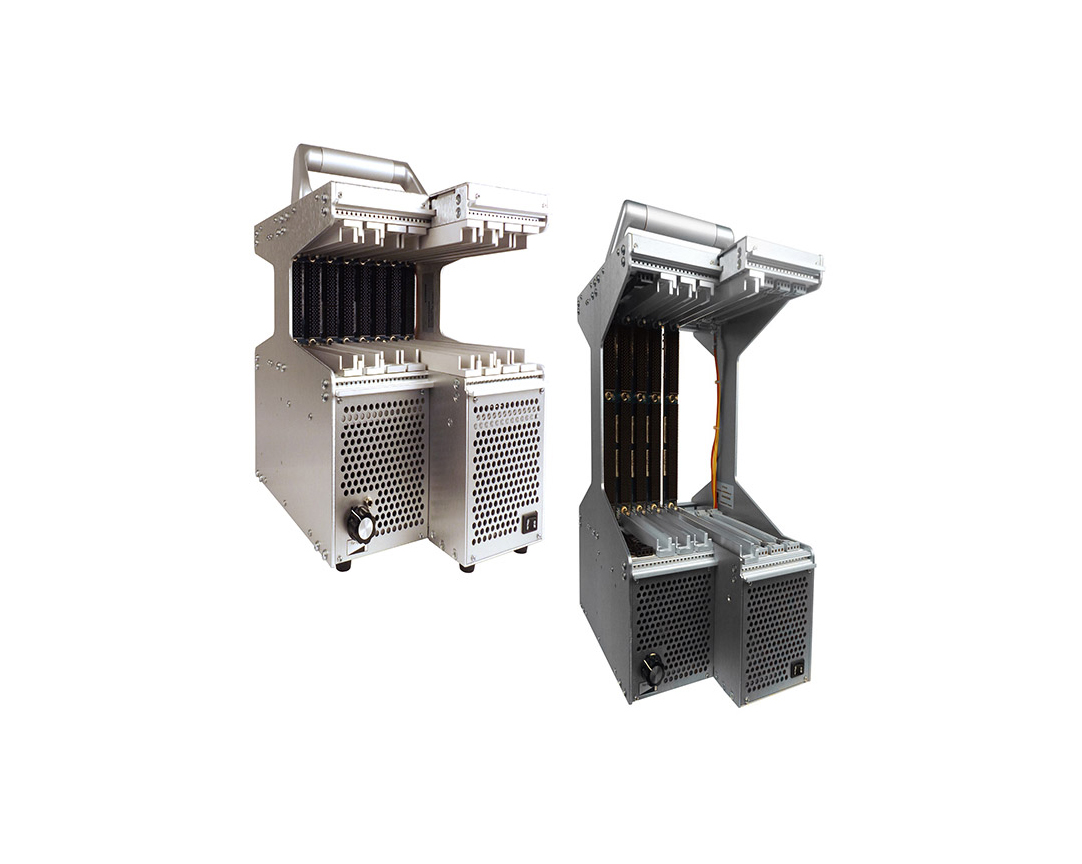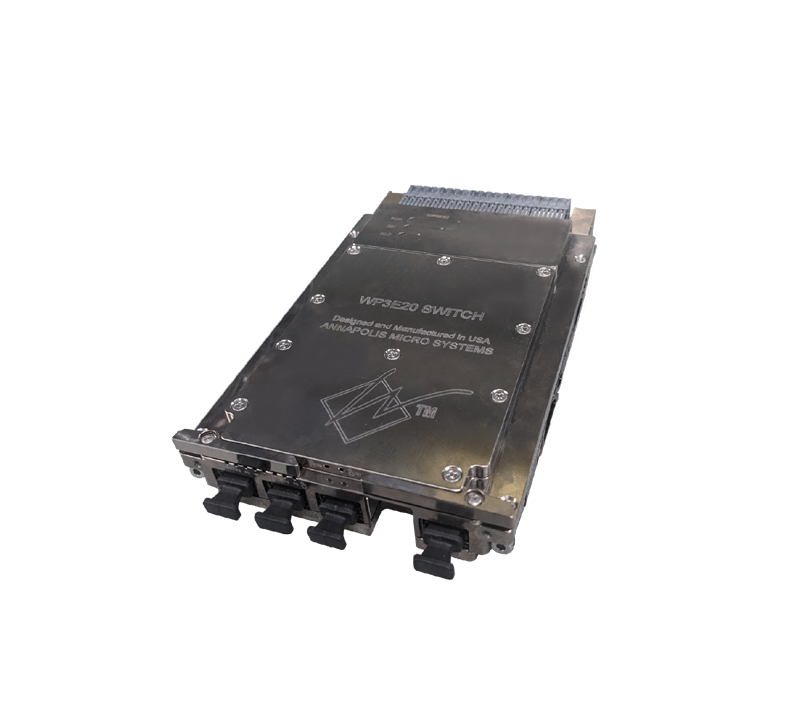Woomera, established 1947 (population 1,700), is a former rocket launch and testing range on the edge of a large desert area in the South Australian outback (see sidebar). Woomera is located 500 km (313 miles) north of Adelaide, the capital of South Australia. It is still the largest land-based range in the world (originally 270,000 square km or 104,247 square miles). It has an existing infrastructure and dry, clean air for telescope operation in and near it, such as the VME-based CANGAROO.
CANGAROO detects rays … out there
CANGAROO (Collaboration between Australia and Nippon for a GAmma Ray Observatory in the Outback) telescopes are located at a dark site 12 km north of Woomera. CANGAROO-III is the first such CANGAROO telescope system in the southern hemisphere. It detects radiation (particles) emitted from supernovas and pulsars that lie outside the visible light spectrum.
While the gravitational forces of black holes prevent light from escaping from their interiors, the electric and magnetic fields that surround black holes emit various forms of radiation. From its center, a black hole can shoot out a jet called a blazar like the axle from a wheel, at very high velocities. Giant jets of material ejected by the fields give off gamma rays, and it is these emissions that scientists study with CANGAROO telescopes.
CANGAROO-III is built upon joint projects between the universities of Tokyo and Adelaide. Between the year 2000 and 2003, four 10 m CANGAROO-III telescopes (33 feet in diameter) were built in Woomera. The telescopes were placed in a diamond shape with approximately 100 m (330 feet) distance between them. Figure 1 shows the CANGAROO-III gamma-ray telescope working at nighttime.
Cosmic rays are electrically charged particles. Their trajectories are deflected during passage through the weak but large-scale galactic magnetic field. Gamma rays are not deflected during their passage, and so they travel in straight lines from their source. The CANGAROO telescopes differentiate between gamma-ray-initiated cascades and cosmic-ray background. Later, a computer produces a map of the source being investigated.
Seeing the light: Cherenkov telescopes
Cherenkov telescopes are named after Russian scientist Pavel Alekseyevich Cherenkov, the 1958 Nobel Prize winner who was the first to characterize gamma-ray radiation rigorously. The telescopes are designed to detect very high-energy (100 GeV – 100 TeV) gamma rays by looking at Cherenkov light from air showers produced by gamma rays in the upper atmosphere. The gamma-ray incident initiates a cascade of relativistic particles through the atmosphere – with velocities exceeding the local speed of light – resulting in the emission of optical Cherenkov light.
Gamma radiation is nonthermal, but the characteristic blue glow of nuclear reactors is due to Cherenkov radiation. Gamma-ray observations with Cherenkov telescopes cannot take place during moonshine, since scattered moonlight increases the night sky background to a level where the faint flashes of Cherenkov light can no longer be detected. However, the Cherenkov light is so faint and the telescope so sensitive that even a firefly flying across the front of the telescope would be a problem.
Cherenkov light is detected with a shutter speed of about one billionth of a second. The number of shower particles reaches a maximum of about 10 km in height, creating a cone of light 250 m diameter on Earth. With a single telescope, it is difficult to reconstruct the exact geometry of the air shower in space. To achieve this, multiple telescopes are used to view the shower from different points and allow a stereoscopic reconstruction of the shower’s geometry. (That is why the CANGAROO telescopes are about 100 m apart – to provide the necessary depth perception.) Satellites have also been used to detect Cherenkov light, but this is very inefficient. Satellites would take thousands of years to detect significant amounts of gamma rays.
VME: The technology behind the light
The image camera electronics in the CANGAROO projects are all VME based with CPUs, ADCs, and other VME boards running under Linux and controlled by PCs. VME boards from CAEN (V288, V673), CERN (V430), FORCE (7V), and others are used in various CANGAROO and other Cherenkov gamma-ray telescopes worldwide. These include the High Energy Stereoscopic System (H.E.S.S.) on the Khomas highlands of Namibia, in addition to the MAGIC (Major Atmospheric Gamma-ray Imaging Cherenkov) telescope on La Palma Island, among others. The data acquisition systems are designed to continuously record the signals with zero dead time using, for example, dual-range 1 GHz Analog Ring Sampling (ARS) ASICs, which sample the signal every nanosecond and record the last 128 ns of signal history.
For more information, e-mail Hermann at [email protected].







